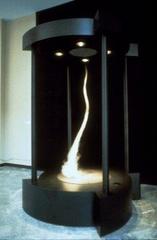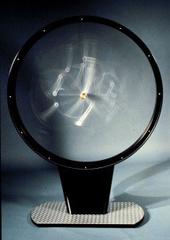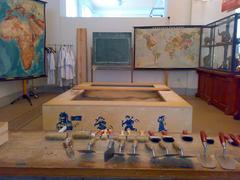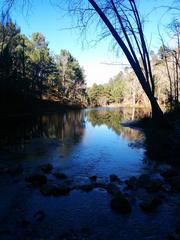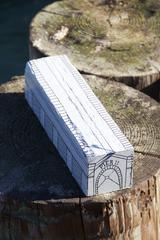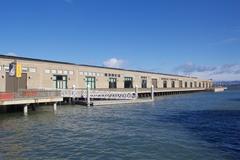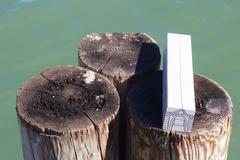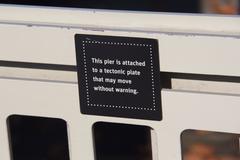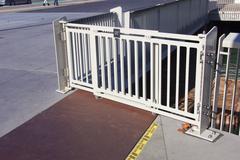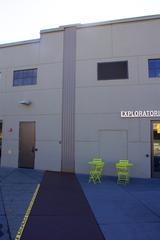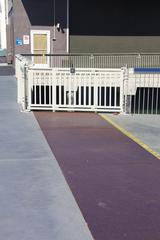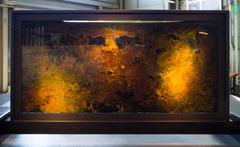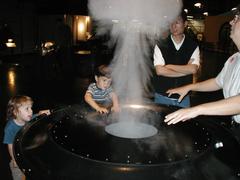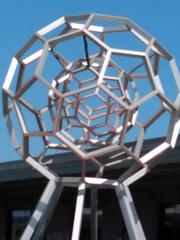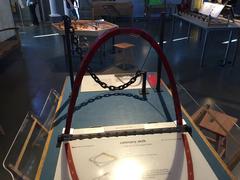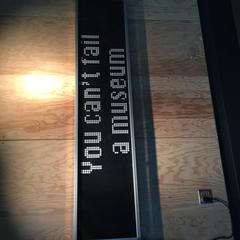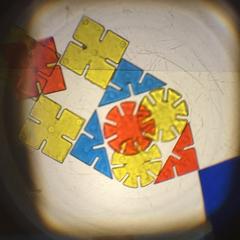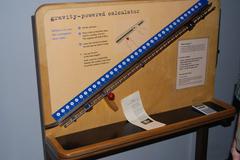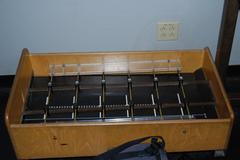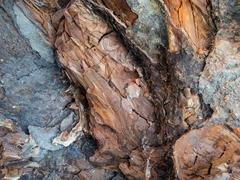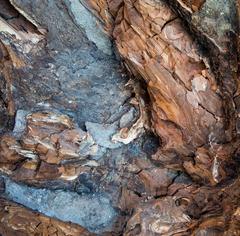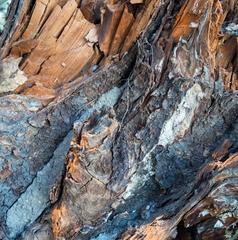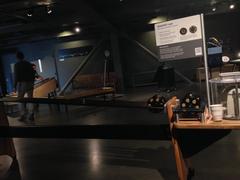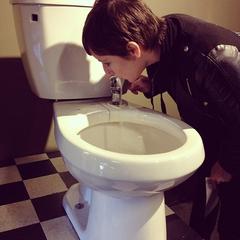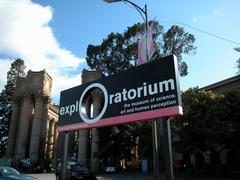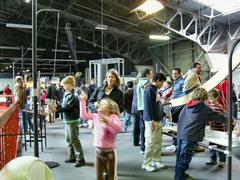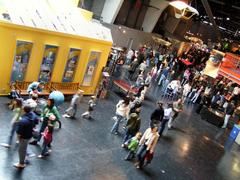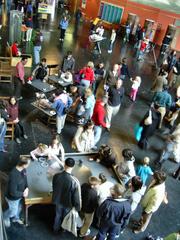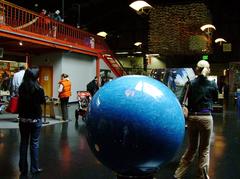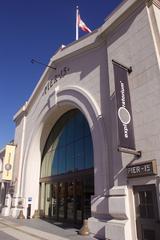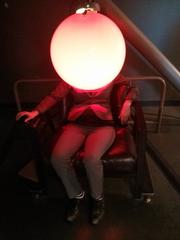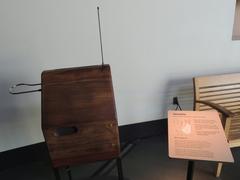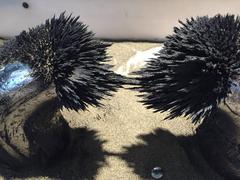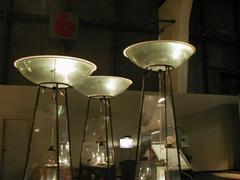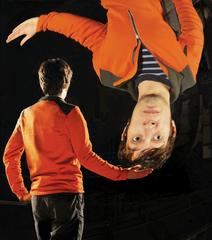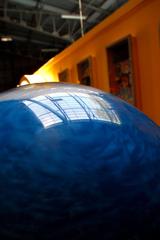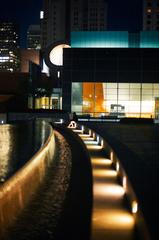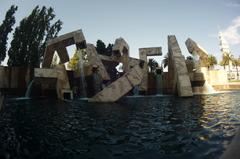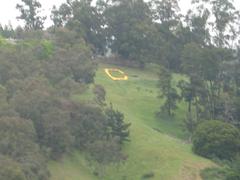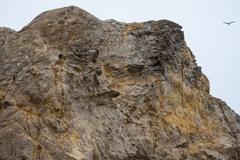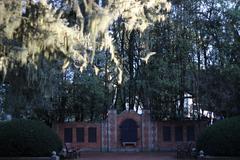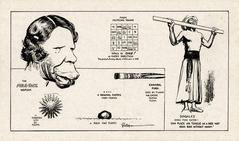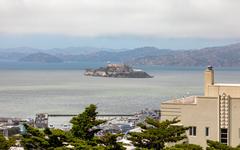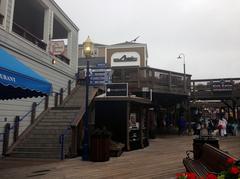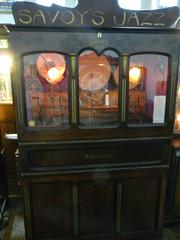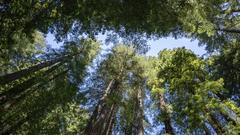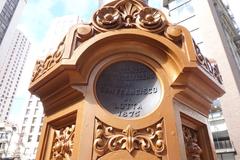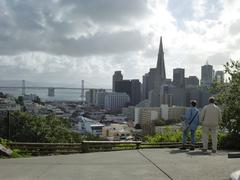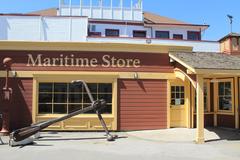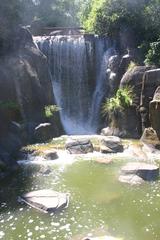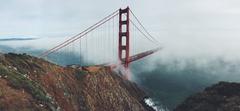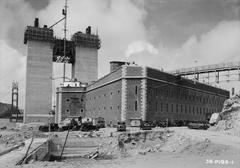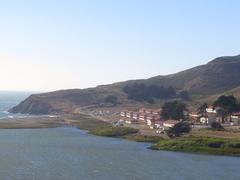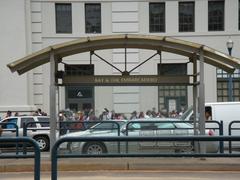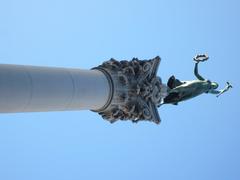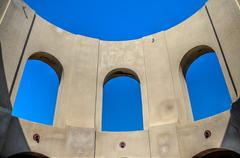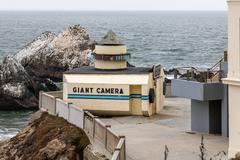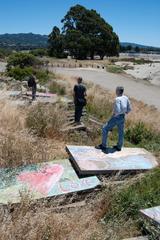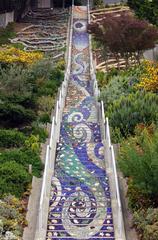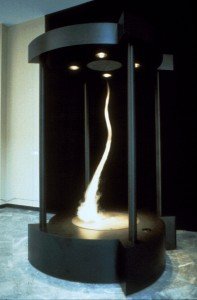
Visiting Hours, Tickets, and Historical Sites: Comprehensive Guide to the Golden Gate Bridge
Date: 18/07/2024
Table of Contents
- [Introduction](#introductionintroduction)
- [Early Visions and Challenges](#early-visions-and-challengesearly-visions-and-challenges)
- [Joseph Strauss: The Man with a Plan](#joseph-strauss-the-man-with-a-planjoseph-strauss-the-man-with-a-plan)
- [Overcoming Engineering Hurdles](#overcoming-engineering-hurdlesovercoming-engineering-hurdles)
- [Construction Begins: A Monumental Undertaking](#construction-begins-a-monumental-undertakingconstruction-begins-a-monumental-undertaking)
- [Safety First: A Net Below the Bridge](#safety-first-a-net-below-the-bridgesafety-first-a-net-below-the-bridge)
- [A Symbol of Hope and Progress](#a-symbol-of-hope-and-progressa-symbol-of-hope-and-progress)
- [The Golden Gate Bridge Today: An Enduring Legacy](#the-golden-gate-bridge-today-an-enduring-legacythe-golden-gate-bridge-today-an-enduring-legacy)
- [Visitor Information](#visitor-informationvisitor-information)
- [Visiting Hours](#visiting-hoursvisiting-hours)
- [Ticket Prices](#ticket-pricesticket-prices)
- [Guided Tours](#guided-toursguided-tours)
- [Nearby Attractions](#nearby-attractionsnearby-attractions)
- [Accessibility](#accessibilityaccessibility)
- [FAQs](#faqsfaqs)
- [Conclusion](#conclusionconclusion)
- [References](#referencesreferences)
Introduction
The Golden Gate Bridge is not just a marvel of engineering; it is a symbol of innovation, perseverance, and beauty. Spanning the mile-wide Golden Gate Strait that connects San Francisco Bay to the Pacific Ocean, this iconic structure has captured the imagination of millions. The bridge’s vibrant International Orange color and its Art Deco design elements are instantly recognizable, making it one of the most photographed and visited landmarks in the world (Golden Gate Bridge History).
This comprehensive guide delves into the captivating history and construction of the Golden Gate Bridge and offers essential visitor information, making it a must-read for anyone planning a trip to San Francisco.
Early Visions and Challenges
The idea of a bridge spanning the Golden Gate Strait was considered an engineering impossibility for decades due to strong currents, deep waters, and frequent fog. Yet, the booming population of San Francisco in the late 19th and early 20th centuries necessitated a more efficient means of crossing the strait, as overcrowded ferries were no longer sufficient (Golden Gate Bridge Early Vision).
In the early 1900s, former engineering student James Wilkins proposed a bridge with an estimated cost of $100 million. Although this price was deemed exorbitant at the time, the idea gained traction, and in 1916, San Francisco city engineer Michael M. O’Shaughnessy began actively pursuing the project.
Joseph Strauss: The Man with a Plan
O’Shaughnessy sought the expertise of Joseph Strauss, a renowned bridge builder known for his work on bascule bridges. Initially skeptical, Strauss eventually embraced the idea of a suspension bridge, a relatively new concept at the time. He spent years refining his plans and calculations, facing opposition from various groups, including ferry operators and conservationists (Joseph Strauss Biography).
Overcoming Engineering Hurdles
The Golden Gate Bridge presented unprecedented engineering challenges. The strait’s strong currents and deep waters required innovative foundation construction. The bridge also needed to withstand strong winds and fog that frequently enveloped the area. Strauss assembled a team of brilliant engineers, including Leon Moisseiff, a specialist in suspension bridge design, and Charles Alton Ellis, a mathematics professor who oversaw the complex structural calculations.
Construction Begins: A Monumental Undertaking
After years of planning and overcoming legal and financial hurdles, construction on the Golden Gate Bridge began on January 5, 1933. The project was a massive undertaking, employing thousands of workers during the height of the Great Depression. Building the bridge’s foundations proved to be one of the most dangerous and challenging aspects of the project, with workers facing the constant threat of decompression sickness.
Safety First: A Net Below the Bridge
Recognizing the inherent dangers of the project, Strauss prioritized worker safety. He implemented numerous safety measures, including hard hats, safety lines, and a groundbreaking safety net suspended beneath the bridge’s construction site. This net saved the lives of 19 men who fell during construction, earning them the nickname “Halfway to Hell Club.”
A Symbol of Hope and Progress
Despite the challenges and risks, the Golden Gate Bridge took shape. The bridge’s iconic orange-red color, officially known as “International Orange,” was chosen for its visibility in foggy conditions and to complement the surrounding landscape. On May 27, 1937, the Golden Gate Bridge opened to pedestrian traffic, with an estimated 200,000 people crossing on that first day. The following day, vehicles were allowed to cross, marking the completion of a project that had captured the nation’s imagination.
The Golden Gate Bridge Today: An Enduring Legacy
The Golden Gate Bridge, once considered an engineering impossibility, stands today as a testament to human ingenuity, perseverance, and the power of collaboration. It has become one of the most recognizable landmarks in the world, symbolizing San Francisco and a source of pride for the entire United States (Golden Gate Bridge Today).
Visitor Information
Visiting Hours
The bridge is open to pedestrians and cyclists from 5 AM to 6:30 PM (Pacific Time). Vehicular traffic can cross 24/7.
Ticket Prices
There is no fee for walking or cycling across the bridge. However, there are tolls for vehicles, which vary depending on the time of day and type of vehicle.
Guided Tours
Several companies offer guided tours, providing historical insights and the best photographic spots.
Nearby Attractions
- Golden Gate National Recreation Area
- Fort Point
- The Presidio of San Francisco (Nearby Attractions)
Accessibility
The bridge is wheelchair accessible, and there are designated parking spots for visitors with disabilities.
FAQs
Q: What is the best time to visit the Golden Gate Bridge?
A: Early morning or late afternoon is ideal for avoiding crowds and capturing stunning photographs.
Q: Are there any special events held on the bridge?
A: Yes, the bridge hosts several events throughout the year, including marathons and historical tours.
Q: Can I drive across the bridge at night?
A: Yes, the bridge is open to vehicles 24/7.
Conclusion
The Golden Gate Bridge stands today as a testament to human ingenuity, resilience, and the power of collaboration. From its early conceptual challenges to its completion during the Great Depression, the bridge has become a global icon, symbolizing San Francisco’s spirit and the broader American ambition. Its vibrant International Orange color, chosen for visibility in foggy conditions, and its elegant Art Deco design elements have made it one of the most photographed structures in the world.
Visiting the Golden Gate Bridge is an unforgettable experience, offering breathtaking views, historical insights, and a variety of activities. Whether walking, biking, or taking a guided tour, this landmark provides something for everyone. Nearby attractions such as the Golden Gate National Recreation Area, Fort Point, and the Presidio of San Francisco enrich the visit, making it a comprehensive cultural and historical exploration.
In conclusion, the Golden Gate Bridge is more than a means of crossing the strait; it is a symbol of human achievement and a must-visit historical site. Plan your visit today to experience this iconic landmark up close, and stay updated with more travel tips and guides by following us on social media or downloading our mobile app Audiala.
